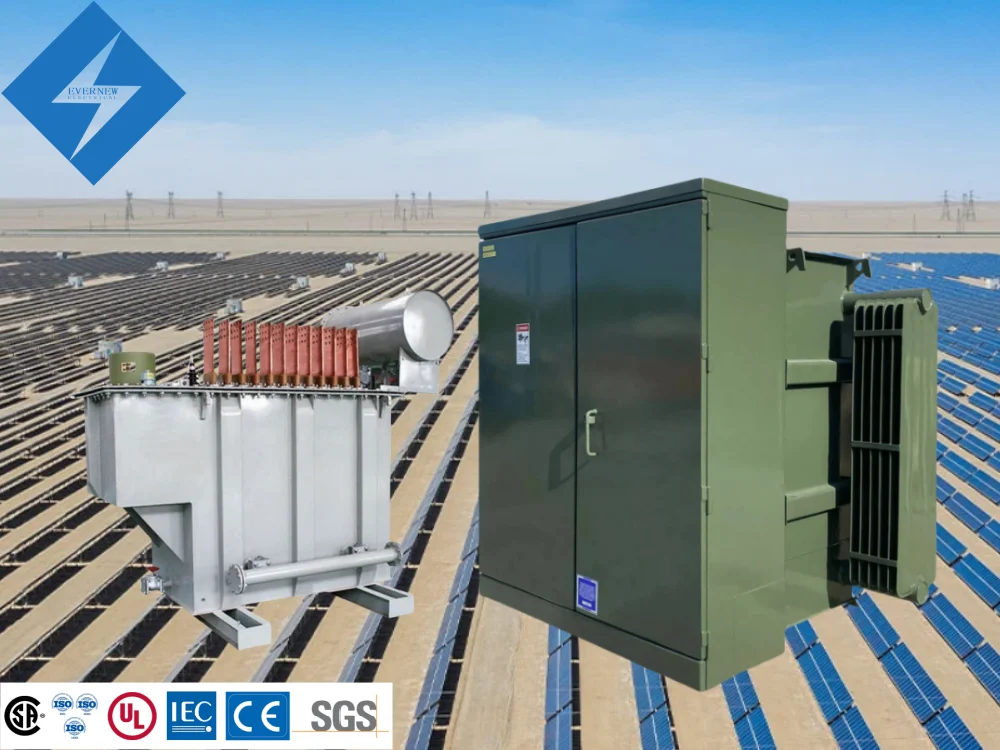
Evernew Transformer, one of China’s top transformer manufacturers, brings over 30 years of production experience to the table. Our product range includes desktop transformers, substation transformers, and power transformers, offering comprehensive solar solutions for your projects. With our extensive expertise and rigorous quality control systems, Evernew Transformer supplies high quality transformers globally. Our designs and manufacturing adhere to international standards such as IEEE/IEC, DOE, AS/NZS60076, and CSA. Our products are certified and reported by authoritative bodies including UL/cUL, CSA, IEEE, CE, CESI, SGS, among others.
From residential rooftops to commercial and industrial applications, as well as utility-scale power plants, Evernew Transformer customizes solar distribution transformers specifically for various sizes of solar inverters and their respective applications.
As the global demand for renewable energy grows, solar power generation has become an increasingly popular energy option. Solar power transformers, also known as photovoltaic transformers, are key components in solar power systems, playing a crucial role in ensuring efficient energy conversion and distribution. This article will explore the definition of solar power transformers, their differences from regular transformers, how to select the right solar transformer, and provide an overview of their basic parameters and application solutions.
Read More:1000 kVA Transformers Features Applications and Selection Guide
What is a Solar Power Transformer?
A solar power transformer, also referred to as a photovoltaic transformer or solar system transformer, is a transformer specifically designed for solar power generation systems. Its primary function is to convert the DC electricity generated by photovoltaic modules into AC electricity and step up the low voltage to a higher voltage suitable for grid or load use. This process is essential for the efficient operation of solar power systems, ensuring that the generated electricity can be safely and steadily transmitted to the grid or end-users.
Solar transformers are typically installed near inverters in solar power plants. Through the isolating function of the transformer, they protect the grid and equipment from fault currents. As core components of solar power systems, solar transformers are indispensable for ensuring system safety and improving energy efficiency.
Differences Between Solar Power Transformers and Regular Transformers
While both solar transformers and regular transformers function to convert voltages, there are significant differences between the two:
- Design Considerations
Solar power transformers are specifically designed to handle unstable input power because solar power generation is affected by weather and light conditions. In contrast, regular transformers usually handle more stable power inputs. - Efficiency Optimization
The design of photovoltaic transformers focuses on improving energy conversion efficiency to maximize the utilization of solar energy. This efficiency enhancement is typically achieved through the use of low loss materials and optimized circuit designs. - Special Design Requirements
Solar applications experience stable state loads during inverter operation. When the sun rises, the response process stabilizes, and the load on the solar system transformer becomes more consistent. Additionally, photovoltaic systems have not yet defined fault ride through functionality, possibly due to the ease of quickly turning solar systems on and off or because regulatory requirements have not yet fully caught up with this emerging technology. This situation may change in the future. - Harmonic Content
The typical harmonic content of solar inverters is less than 1%, with minimal impact on the system. This low harmonic content is because solar systems lack generators and the switching and protection controls found on wind turbines. Solar transformers do need to step up the voltage. However, solar inverters smoothly convert the DC input from photovoltaic arrays to the transformer’s AC voltage, avoiding overvoltage from no-load circuits. Since solar power transformers operate at stable voltages with the rated voltage controlled by the inverter, voltage and load fluctuations are much lower compared to wind turbines. - Operating Environment
Solar power transformers are typically installed outdoors and must withstand various weather conditions. As such, their casing is designed to be more robust and durable, with a higher protection rating.
Read More:63kv 66kv 69kv High Voltage Power Transformer Manufacturer
How to Choose a Solar Power Transformer and Common Models
Selecting the right solar power transformer is critical to ensuring the stable operation of solar power generation systems. Here are key factors to consider when choosing:
- Power Capacity
Selecting a power capacity that matches the photovoltaic system is crucial to avoid overloading the solar duty transformer or failing to fully utilize the photovoltaic modules’ generating capacity. - Efficiency
A high efficiency PV transformer can reduce energy loss and improve the overall system’s power generation efficiency. Choosing a solar transformer with high energy efficiency can help optimize long term operational costs. - Environmental Adaptability
Depending on the climate conditions of the installation site, choose a solar supply transformer with suitable adaptability. For example, in high temperature or high humidity areas, select a model with excellent heat dissipation and corrosion resistance. - Cooling Method
Natural air cooling and forced air cooling are common cooling methods for solar power transformers. Natural air cooling is suitable for scenarios with low heat dissipation requirements, while forced air cooling is applicable to high power density or extreme environmental conditions. - Manufacturer Reputation
Choosing a reputable manufacturer, such as Evernew Transformer, ensures not only product quality but also good after-sales service and technical support. - Inverter Size Limitations
Since the maximum size of solar inverters is approximately 500 kVA, designers often build 1,000 kVA solar transformers by placing the windings of two connected inverters in one enclosure. The transformer must have separate windings to accept completely independent inputs. - Cable Design Issues
In solar systems, long cables are required to convert DC to AC, which needs special consideration in the design.
Basic Parameters of Solar Power Transformer
Understanding the basic parameters of solar power transformers is helpful in better assessing their performance and applicability. Here are some key parameters:
- Input/Output Voltage
The input voltage is typically the DC voltage from photovoltaic modules, while the output voltage is the AC voltage suitable for grid or load use. - Rated Power
This represents the maximum power value at which the solar duty transformer can operate stably over the long term. When selecting, ensure that the rated power is higher than the maximum output power of the photovoltaic system. - Efficiency
This indicates the energy conversion efficiency of the solar supply transformer. High efficiency transformers minimize energy loss during operation. - Insulation Grade
The insulation grade of the PV transformer determines the range of voltages it can withstand and the conditions for safe operation. - Cooling Method
As mentioned earlier, the cooling method directly affects the solar transformer’s heat dissipation performance and applicable environment. - Protection Rating
Typically indicated by an IP code, an IP65 or higher protection rating ensures that the solar power transformer can operate safely in harsh outdoor environments.
Solar Power Transformer Solutions of Different Scales
For different scales and types of solar power generation systems, Evernew Transformer offers various customized solutions to meet specific customer needs:
- Large scale Photovoltaic Power Station Solutions
For large scale photovoltaic power stations in the megawatt range, Evernew Transformer provides high power, high efficiency three phase oil immersed solar transformers to ensure stable and efficient power transmission to the grid. - Medium and Small sized Photovoltaic System Solutions
For residential or small commercial photovoltaic systems, Evernew Transformer offers compact dry type PV transformers that are highly adaptable, easy to install, and have excellent heat dissipation performance. - Special Environment Solutions
In extreme environments such as deserts, high altitudes, or high humidity areas, Evernew Transformer provides reliable power solutions through specially designed solar system transformers with features such as corrosion resistance, dust resistance, and moisture resistance. - Smart Monitoring and Maintenance Solutions
By integrating intelligent monitoring systems, Evernew Transformer’s solar supply transformers can monitor operating conditions in real time, provide early warnings and maintenance recommendations, and ensure long term stable system operation.
As a leading transformer manufacturer in China, Evernew Transformer is dedicated to providing high quality, high performance solar power transformer products to customers worldwide. Whether for large photovoltaic power stations or small solar power systems, we offer customized solutions to help your renewable energy projects succeed.
By selecting the right solar power transformer, you can ensure the efficient, safe, and long term stable operation of your solar power generation system. If you have any needs or questions regarding solar transformers, feel free to contact Evernew Transformer. Our expert team is ready to provide you with professional support and services.


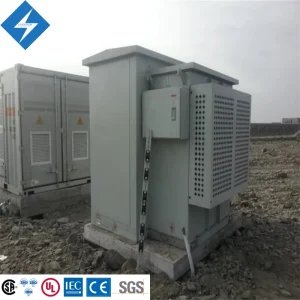
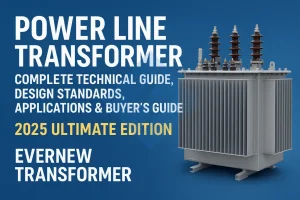
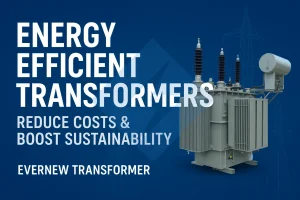
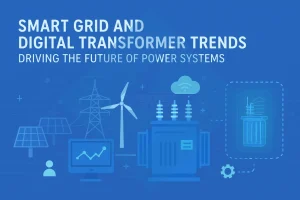
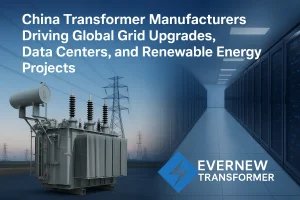

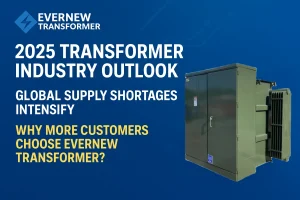

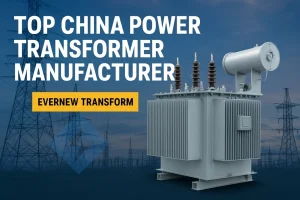

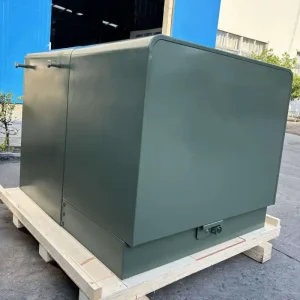
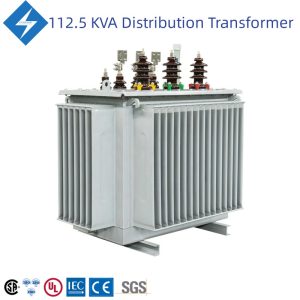
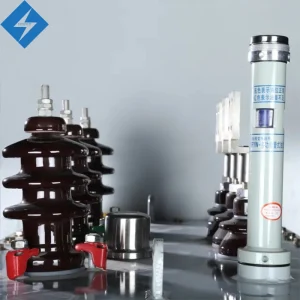
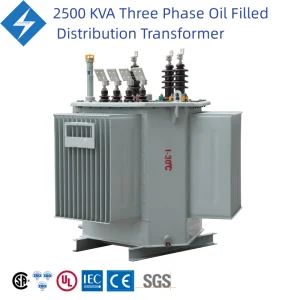
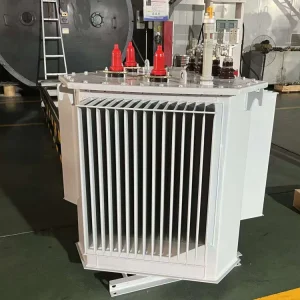
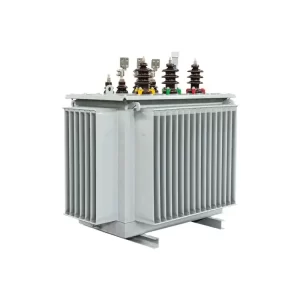

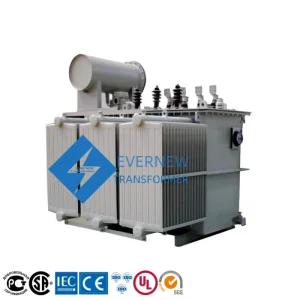
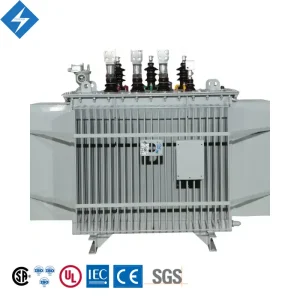
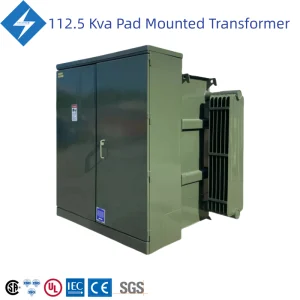
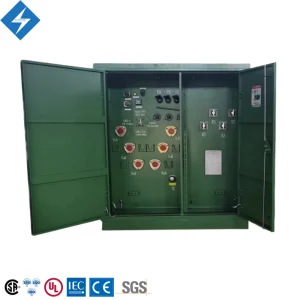
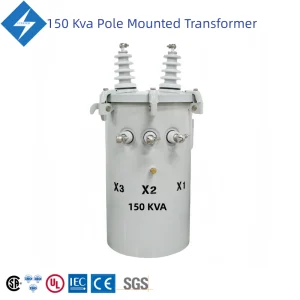
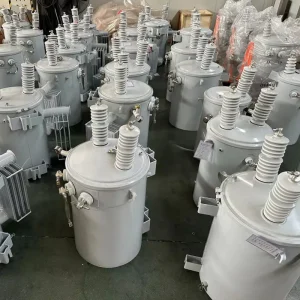
Reviews
There are no reviews yet.